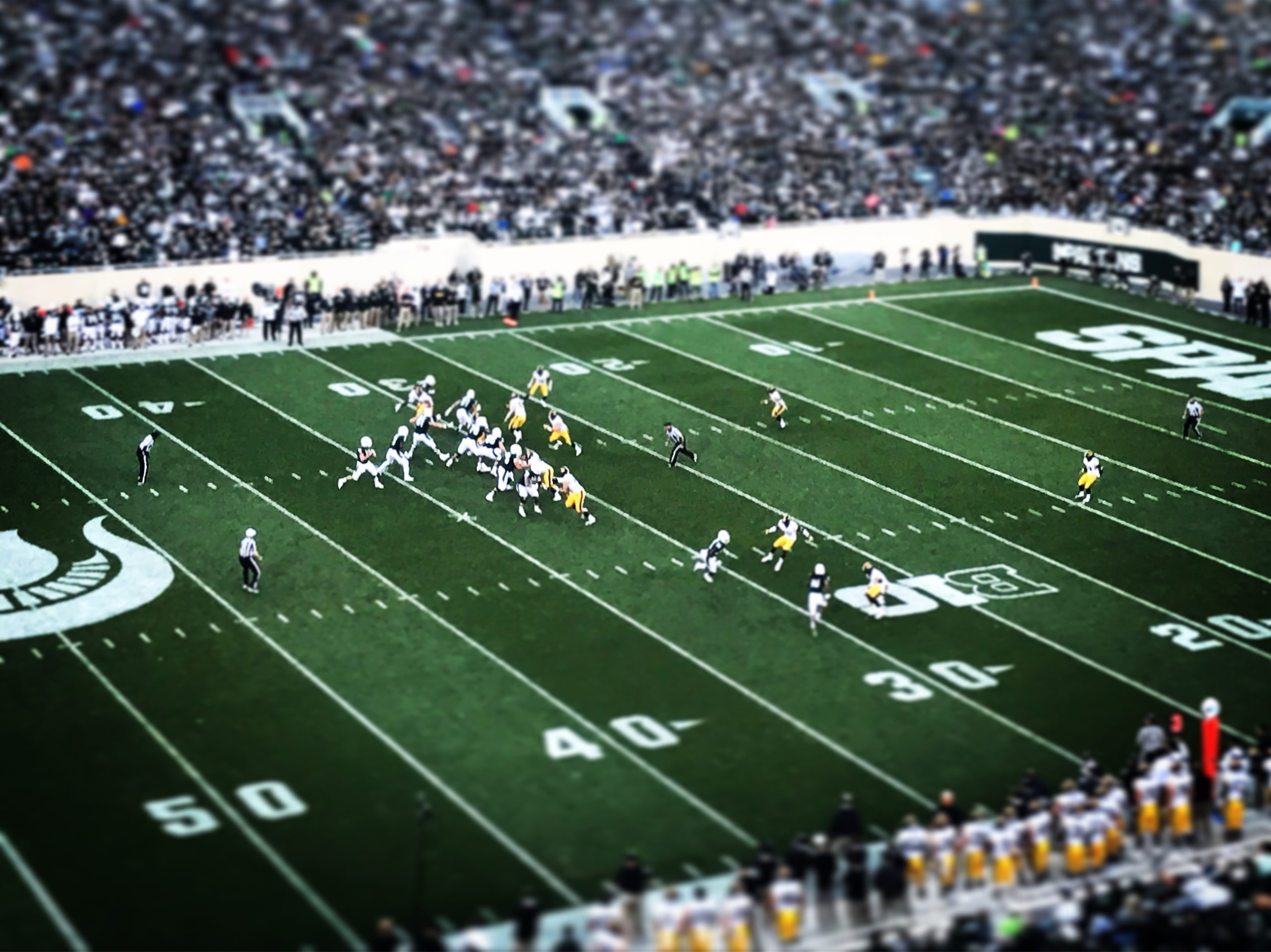Provocative Perspectives: how the Super Bowl stays seductive
“$5.5 million for one measly TV spot?”
The Super Bowl has always been the pinnacle of the global advertising and media industry. A place for brands to launch their most expensive creative. The playground of the biggest, most established, and most famous brands in the world.
In 2021, something changed.
We saw a bunch of the ‘regulars’ opt out. Under a cloud of financial uncertainty, Budweiser, Coca-Cola, Pepsi, and Hyundai all made their excuses and left the party. In their place, a glut of start-ups and scale-ups, reallocating their pounds and pennies (or, more accurately, dollars and dimes) from targeted performance media.
Why? Are these vanity buys? Are new brands frittering away venture capitalist investment? Do they just want the personal fame? Or does the Super Bowl offer a smarter way for new brands to drive growth?
First, some quick maths:
- £4 million was the cost of an average 30-second spot in this year’s Super Bowl is quoted to set an advertiser back $5.5 million or £4 million for us ‘soccer’ fans on this side of the pond.
- 100 million is the average viewers per Super Bowl over the past three years, peaking in 2015 at 114.4 million viewers.
- £40 million cost per mile (CPM) gives us an average cost per view of £0.04 (or £40 CPM for all you traders).
Not bad compared with a high performing YouTube TrueView campaign and about half the cost of a fully viewed In-Feed Facebook video (90% of which plays without sound).
Is this good enough in 2021?
We have access to amazing datasets, enabling us to segment audiences, target behaviours and contexts, and minimize wastage. Leaving a lot of advertisers and their agencies asking the same question, “why spend £4 million to reach 100 million if 50-75% of that is going to be wastage?” The answer lies in the fundamentals of how advertising works and how brands are built.
At Wavemaker, we often talk about how brand biases or preferences are formed through priming experiences, where interaction with, or communication from, the brand builds positive associations that lead to that brand being high on a consideration set and, ultimately, much more likely to be purchased.
The Super Bowl ad spot is the perfect priming canvas for many brands.
Now, for a twist on this theory. Rather than trying to change our minds individually, an advert can also change the landscape of cultural meanings within wider society. This is called cultural imprinting. If you know that other people have seen the advert that you saw, the brand now has a more defined ‘shared’ cultural meaning.
This shared meaning is important. It’s important when you are deciding on the beer you are going to bring to a party, the car you drive to work or the bag you carry on your shoulder. You choose brands to help form a part of your identity, but this relies on other people having the same associations and perceptions as you.
The implication for advertising and media is relatively simple. Huge, broadcast, public and shared media placements, where the audience are self-aware of the scale, are crucial to cultural imprinting.
The Super Bowl advert is not hindered by wastage. It is effective because of the wastage.
The most talked about Super Bowl ads from this year came from Oatly, DoorDash and Reddit. As I’m sure you’ll agree, it’s no coincidence these are new brands, forming their own cultural imprint on society.
So, out with the old guard and in with the new. The start-ups and scale-ups have arrived at the ‘brand building’ table. Performance media will continue to be an important tool in new brand’s marketing arsenal but, strategically, there may not be a better place for accelerated growth than $5.5 million on one measly TV spot.
Click here to read more about cultural imprinting from Kevin Simler in ‘Ads Don’t Work That Way’.
Written by Ben Levy, Strategic Planning Lead at Wavemaker UK











